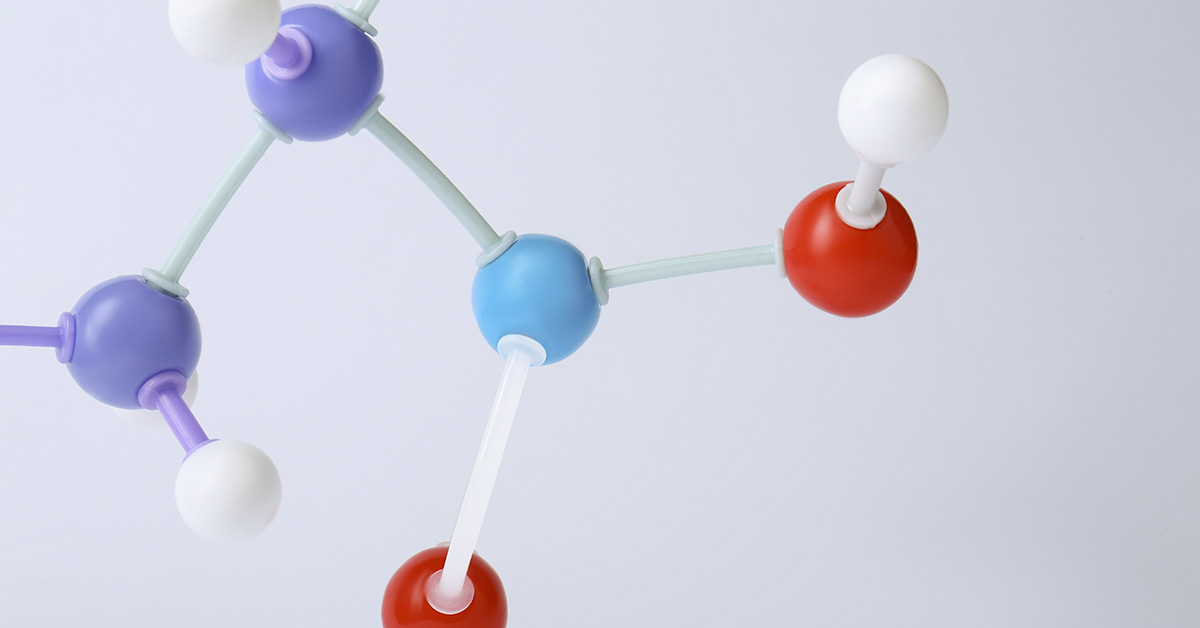Scientists from Rice University have revealed a new potential cancer treatment that uses minuscule dye molecules known as aminocyanine molecules. When these molecules are exposed to near-infrared light, they vibrate in a manner that breaks down the membranes of cancer cells. In animal and laboratory tests, this vibronic-driven action was shown to eliminate up to 99% of the melanoma cells without using any traditional drugs or heat methods. As James Tour from Rice University put it, “It is a whole new generation of molecular machines that we call molecular jackhammers.”
What Is Vibronic-Driven Action?
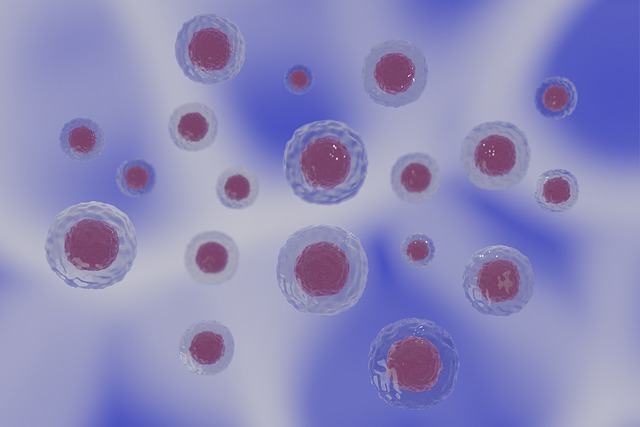
These little molecular jackhammers absorb the near-infrared light, activating vibrations that resonate across the molecule. Unlike traditional photothermal and photodynamic therapies, this technique uses very strong mechanical forces to rupture the cell membranes on the scale of picoseconds. The researchers reported a complete elimination of melanoma cells using a combination of a mere 500nM of the dye and near-infrared light. According to the study’s lead researcher, Ciceron Ayala‑Orozco, “This is the first time a molecular plasmon is utilized in this way, tearing apart cancer cells’ membrane.”
Why Do They Use Near-Infrared Light?
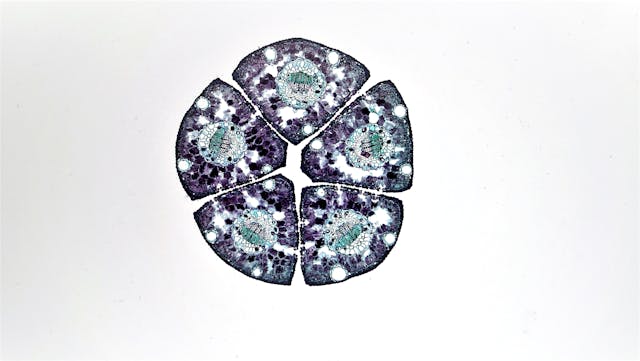
Unlike visible light, near-infrared light can penetrate deep into body tissues. According to James Tour, “Near‑infrared light can go as deep as 10 centimeters. It is a huge advance.” This enables the treatment to reach deeply into the body, activating the process without the need for invasive surgeries, even in tumors or internal organs. Healthy tissue is also spared damage due to the low energy output of near-infrared light.
Significant Success in Lab Tests

Using cultures of human melanoma cells in lab tests, the researchers found that aminocyanine plus NIR killed off 99% of the cancer cells present. This was achieved simply by using very low concentrations of the dye and minimum exposure to light, making it a very precise and efficient technique. Most significantly, it was able to do this without needing to use heat or chemical toxicity. The researchers were able to reduce any collateral damage because all the mechanical energy was focused directly on the cancerous cells.
Animal Tests Show Great Promise

In mouse studies, around 50% of the mice treated with the dye and near-infrared light became cancer-free after the treatment. This involved injecting the dye into tumors within the mice and then using light to activate the mechanical elimination. If these same results can be repeated in human studies, it could significantly revolutionize cancer treatment. According to Ayala‑Orozco, “At the right dose, the molecule is safe, and once the beam of light is activated, it will kill the tumour cells that are illuminated.”
Read More: Know Your ABCDEs: 5 Signs of Melanoma to Look Out For
The Role Of Plasmons
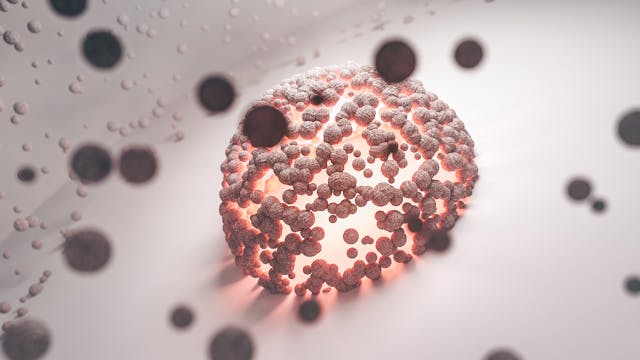
Once activated by near-infrared light, the molecules exhibit plasmonic behavior. This refers to the synchronized oscillations of electrons that drive the powerful vibrations. According to Ayala-Orozco, “Due to their structure … the nuclei of these molecules can oscillate in sync when exposed to the right stimulus”. These plasmons are capable of producing extremely fast mechanical forces that can breach the membranes of the cells. This is the first time that molecular plasmons have been used to have a direct mechanical action on biological cells.
Read More: Cancer Treatment Leads to the Removal of Eight Organs in Woman’s Body
No Chemicals or Resistance
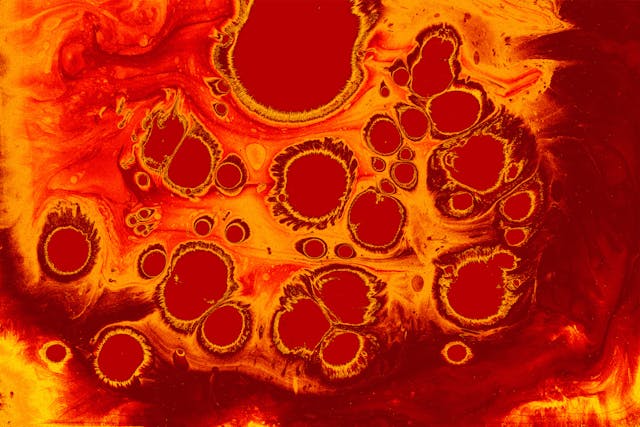
Since these molecular jackhammers eliminate the cells using mechanical vibrational force, they cannot develop any sort of resistance or adapt to the onslaught. The cancer cells cannot mutate against a drug, for example, because none are used in the treatment. Additionally, because this mechanical action is localized to where the light is specifically applied, it reduces the risk of toxicity. According to Jorge Seminario from A&M, “The likelihood of cancer cells developing a resistance to these molecular mechanical forces is extremely low.”
Existing Challenges

Despite its promise, this technique faces significant challenges before reaching patients. It requires comprehensive safety testing to ensure that healthy cells are unharmed. Delivery techniques must be developed so that both the dye and NIR light can be precisely directed to tumors in humans. Larger animal experiments, as well as clinical testing, will take time. However, initial results, particularly with animal models, are encouraging and indicate that the researchers are on the right track.
The Bottom Line

This exciting new technique, which employs vibrating aminocyanine molecules, is a groundbreaking approach to cancer treatment. Researchers have proven that highly effective cancer cell death can be achieved using near-infrared light and mechanical vibrations. Best of all, it can do so without the need for any medications or heat and with little risk of resistance. While further research is needed to validate its safety and efficacy in humans, these preliminary findings point to a potentially revolutionary future in oncology.
Read More: Cancer Treatment Kills Tumors Using Sound And Water
